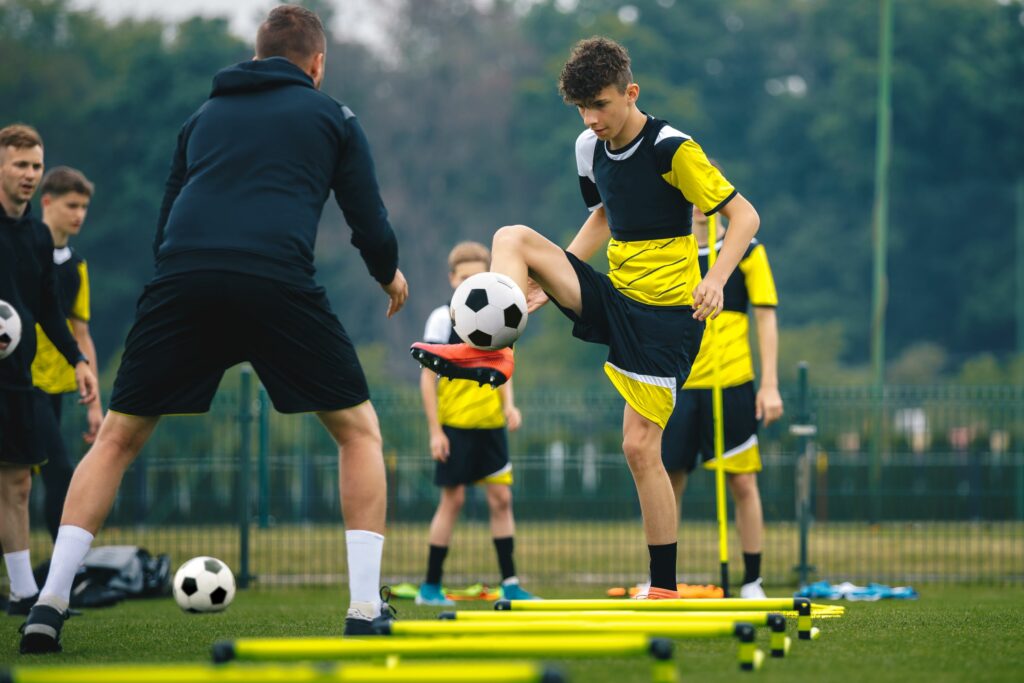Validity and reliability
Before implementing new technology into your program, first ask yourself, can the technology be believed? Assessing the validity and reliability of a new technology is one way to determine its credibility. Validity assesses if the technology is measuring what it promises to measure, while reliability speaks to its consistency and degree of error when providing…
Shoe tech decreases marathon times
Technology is rapidly changing the sporting landscape. A recent study showed that advances in footwear technology since 2017 have significantly improved seasonal best times for distance runners. New shoe technology is responsible for a 1.7% performance increase in women’s marathon time (approximately 2 minutes, 10 seconds).
Trialing technology
Technology can help coaches with decision-making, but actually getting the necessary data may be unreasonably cumbersome. When evaluating whether a technology is appropriate for your needs, ask for a trial. Trials can help coaches discover if they can access the necessary information and evaluate whether the technology meets their needs.
Real-life tech applications
Before implementing a new technology for your sport or physical activity program, consider the burden it might impose on program leaders, participants and support staff. Using technology can often cost time, energy or convenience. For example, using GPS to monitor a soccer team’s training volume could easily take up to 4 hours a day: 1 hour to…
Performance tracking
In wheelchair sports, wearable sensors present an opportunity for para-athletes to assess and analyze their gameplay and training statistics, such as wheelchair speed and acceleration. Wearable sensors can be used to measure electrical signals in muscles, allowing athletes and their support teams to assess training and performance in nuanced ways.
eSports
Playing sport video games could encourage people to follow and participate in real-life sports. In a study of American college students who played sport video games, 72% became a fan of a real-life sport team and 87% said that playing video games increased their interest in playing the sport in real life.
Is technology a coach’s ally or Achilles’ heel? 4 questions to ask

Over a coffee, we recently reminisced about different sporting environments we’ve worked in and how many times we’ve seen expensive technological solutions sit in a corner, collecting dust. Perhaps you can relate to the pattern. A new technology hits the market, and a few marquee teams or athletes adopt it. You truly believe that the…
Youth sport streaming
The COVID-19 pandemic has catalyzed the widespread implementation of streaming technology for youth sports. Beyond allowing family and friends to stream games live, streaming improves game-tape reviews, analytics and evidence for in-game penalties. In the SIRCuit, learn more about how the pandemic has revolutionized technology at all levels of sport.
Equestrian sports during the pandemic
For Equestrian Canada, advancements in the use of technology allowed their sport to find novel and cost effective ways to engage with stakeholders during the COVID-19 pandemic. This included working with the Canadian Broadcasting Corporation to have some of their events shown on its streaming platform, which has helped to increase the visibility of the…
Summer 2021 SIRCuit
The Summer 2021 SIRCuit is now available! The SIRCuit is designed to highlight important research and insights to advance the Canadian sport system. With the summer Olympic and Paralympic Games in Tokyo on the horizon and the winter Games in Beijing just around the corner, this edition of the SIRCuit dives into issues and trends that will…